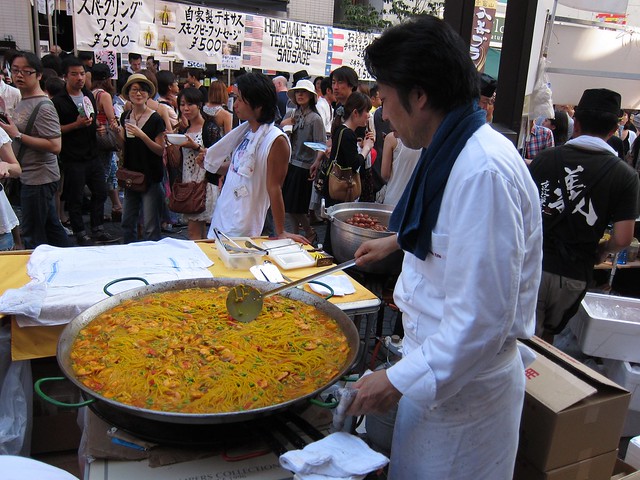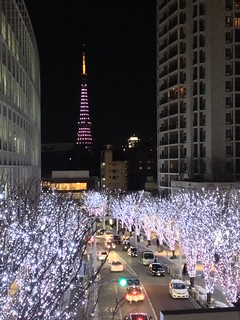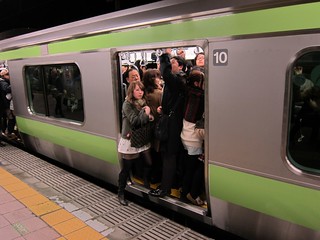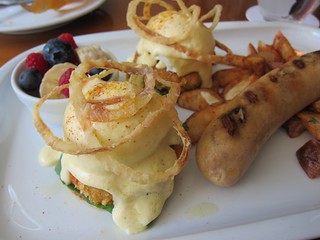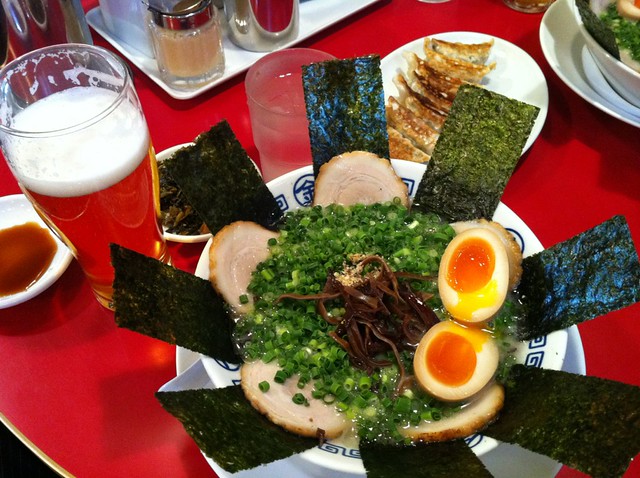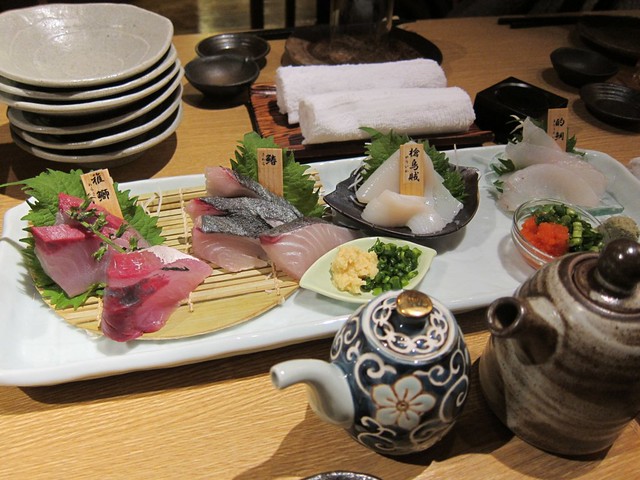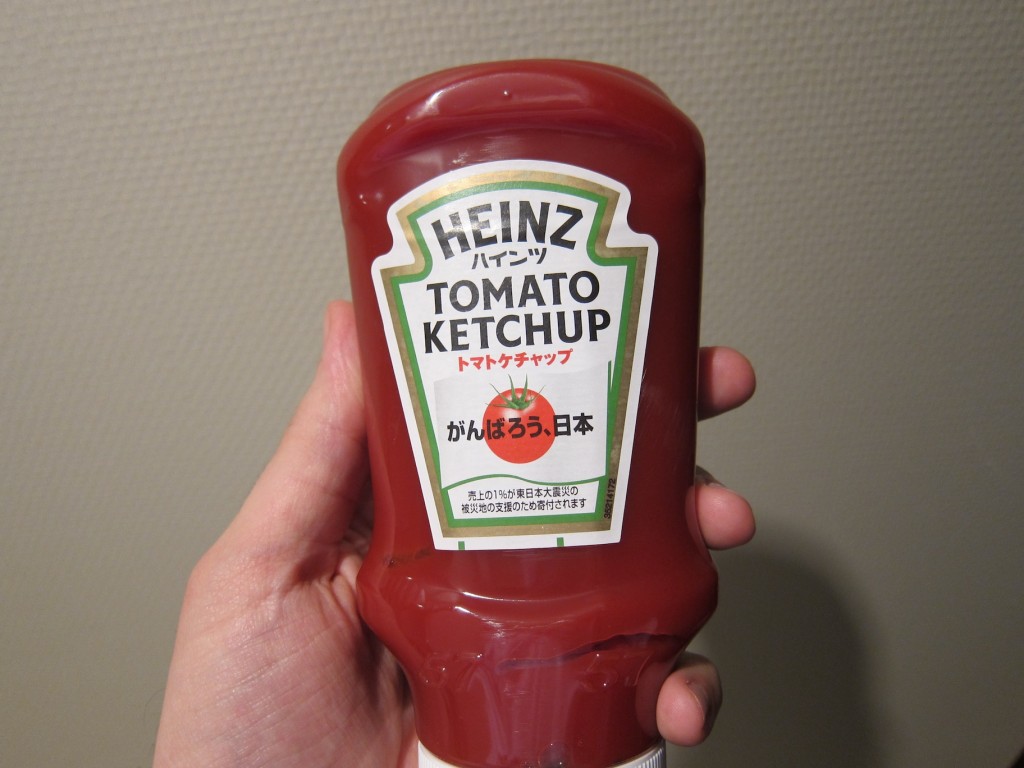While I have written previously about the myriad food options in and around Tokyo, I don’t think I’ve captured well how integral food is to the culture here in Tokyo and across Japan.
Take, for example, the many, many mom-and-pop restaurants and small shops which cater to the nouveau riche and the salary men alike. Certain neighborhoods can have hundreds of these types of restaurants up and down the streets, and stacked on top of each other. Sometimes you need to start looking up in order to figure out where you need to be for a dinner reservation! And you will always find food as the focal point — if not the primary draw — at the many summer festivals across Japan.
Eating at a restaurant is a very common activity, especially for post-work socialization and for the ever-critical business meeting. More business can get done over a meal than in a conference room, and more friendships are built sharing a stick of yakitori than at a club.
But the thread of food winds even deeper than that.
Becoming a chef skilled in your particular cuisine can require many years of practice. A would-be sushi chef starts at a level 5 diploma and works for years up to level 1. For years. I’ve met restaurant owners in other countries who are barely out of high school, which puts the experience here in Tokyo in extreme contrast. Before ever serving a dish to restaurant patrons, a sous-chef must prove his skills through practice and review, living up to the standards for that particular eatery.
So, does the food actually taste better after all that hard work?
I’ve never had a bad meal in Tokyo, but then again I still have a lot of restaurants to try. From my experience, it’s less about how the food tastes on its own, and more about the full experience. A Japanese term, umami (うま味), really does describe that there is something extra when preparing food. There are the flavors as they are independently, and then the combined “n + alpha” flavor, which comes only if everything is well balanced.
And then there’s the presentation of the dishes. I can honestly say meals have never looked so good! That’s where the magic is, I believe. We eat with our eyes, and the chefs in Japan are skilled in making even small portions or unknown foods look amazing. After all, there must be a reason people immediately grab their cameras and start snapping photos of the food the second it appears on the table.

